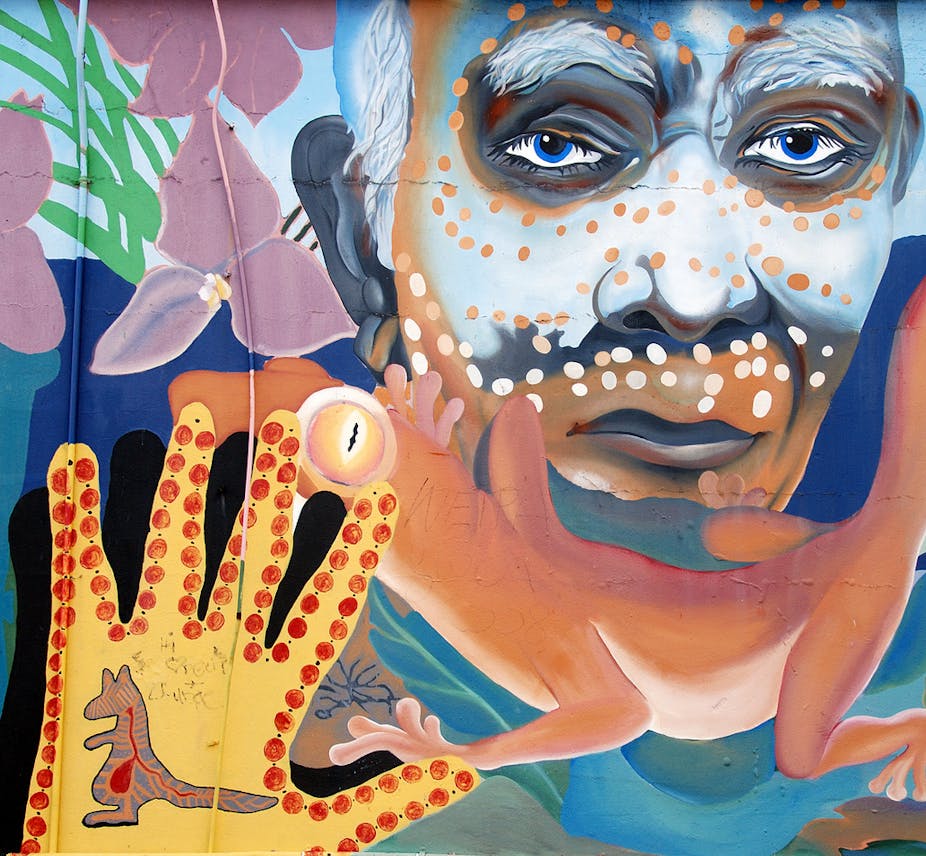Lupus is a chronic inflammatory systemic autoimmune disorder. It affects various tissues of the body, particularly the heart, joints, lungs, skin and kidneys. An autoimmune illness is one in which body’s immune system attacks the body itself, destroying healthy tissues.
The cause of the disease is most likely multifactorial (involving environmental and genetic factors) but we still don’t know what it is. While there’s no specific treatment to cure lupus, symptoms can be treated and controlled. Generally, this condition results in substantial illness, death, disability, economic loss, and a significant negative effect on people’s self-reported quality of life.
Incidence and prevalence are epidemiological terms used to described the frequency of a disease in a population. There are disparities in the incidence and prevalence of lupus and they vary with geography and ethnicity. Rates are higher among certain minorities, including African-Americans, African-Caribbeans, Hispanics, Asians, North American Indians and Indigenous Australians. Some studies show that the socioeconomic status of these populations doesn’t have an influence on disease prevalence.
Lupus and Indigenous Australians
Indigenous Australians comprise Aboriginal and Torres Strait Islander populations. According to the 2006 Australian census, Indigenous Australians account for about 2.5% (517,000 people) of the total Australian population. Owing to its singular customs, traditions, legacies, socioeconomic and health characteristics, the Indigenous community stands out as a unique population. Indigenous Australians also live in poorer health conditions and have lower life expectancy and higher perinatal mortality.
Lupus is more prevalent among Indigenous Australians, ranging from 52.6 to 92.8 cases for every 100,000 people. That means lupus is between two to four times more frequent in Indigenous Australians compared to other Australians (referring predominantly to European Caucasians), depending on the region of Australia.
This prevalence figure is most likely an under-estimation as awareness and access to care remains an issue, particularly for people living in very remote areas. Indigenous Australians also suffer from a more severe form of lupus with higher mortality rates and premature death compared to non-Indigenous Australians.

Strikingly, Indigenous Australians appear to have a different set of symptoms of lupus from what is observed in other Australians. They have less photosensitivity (which is an abnormal reaction of the skin to the sunlight), more renal involvement (which means that their kidney function is often affected) or more anti-Sm antibodies than other Australians. Anti-Sm antibodies is specific to lupus and indicates that the immune system is abnormally producing antibodies against the body. These singular characteristics vary in different Indigenous Australian communities.
Higher mortality and morbidity rates in Indigenous Australians may be related to more severe lupus because of people not seeking medical attention until they are really ill, and poor compliance with therapy. But higher prevalence of the illness is intrinsic to this particular population. We don’t understand why Indigenous Australians are more likely to develop lupus compared to other Australians.
These differences in lupus prevalence, severity and disease manifestation may reflect and be influenced by different genetic and environmental factors such as high ambient ultraviolet exposure and prevalence of infections, especially in tropical areas such as far north Queensland.
Skin infections, especially fungal and bacterial infection of insect bites, are very common and endemic health problems within Indigenous communities. Indigenous Australians are also at a higher risk of developing dental caries and periodontal disease.
There’s a possibility that environmental factor(s) act as triggers of disease when combined with genetic factors, such as an autoimmune predisposition or susceptibility in Indigenous Australians. The higher rate of infection is probably the main environmental factor. It may lead to hyper stimulation of the immune system, especially innate immunity which, when overstimulated, may corrupt normal immune responses and trigger aberrant pathological and destructive inflammatory responses characteristic of lupus.
Considering the genetic-environmental interactions (and not just genetic background), may lead to better knowledge of the underlying causes of lupus in this population group. It may also improve the health status of Indigenous Australians and close the health gap between Indigenous and non-Indigenous lupus sufferers.

